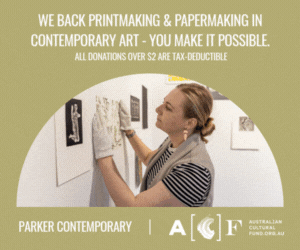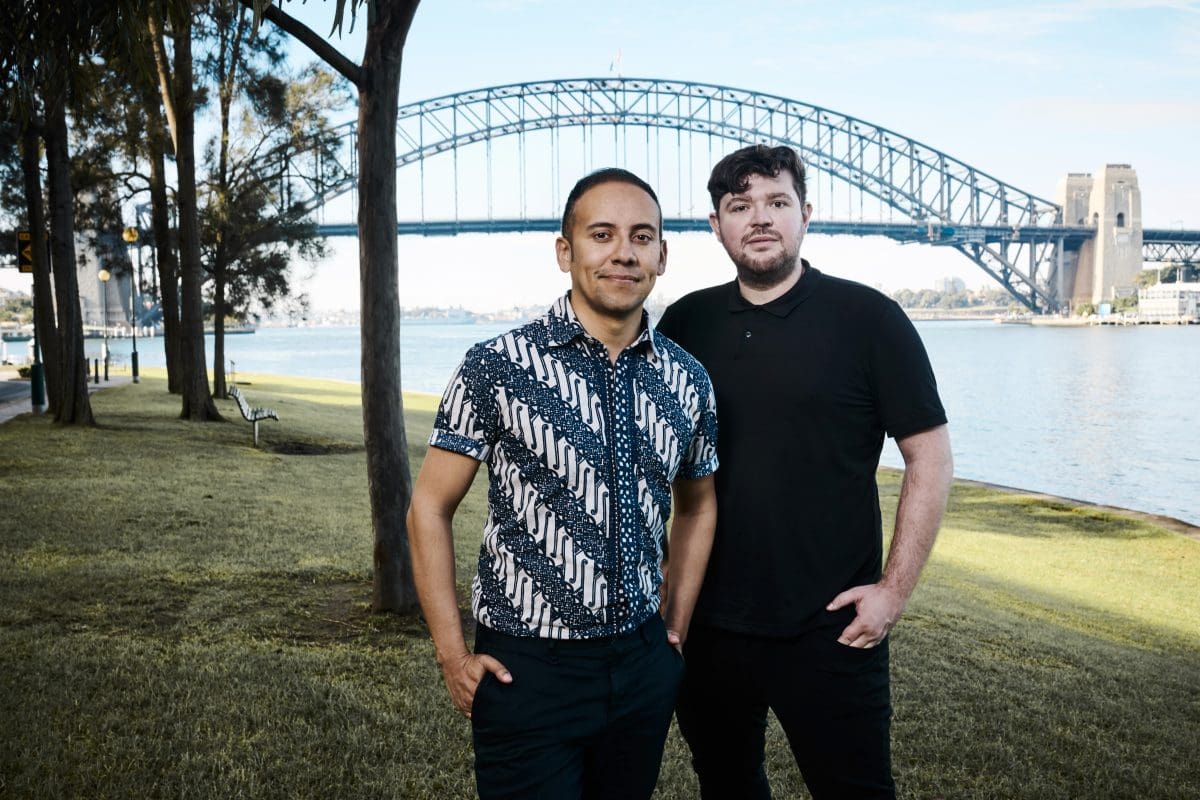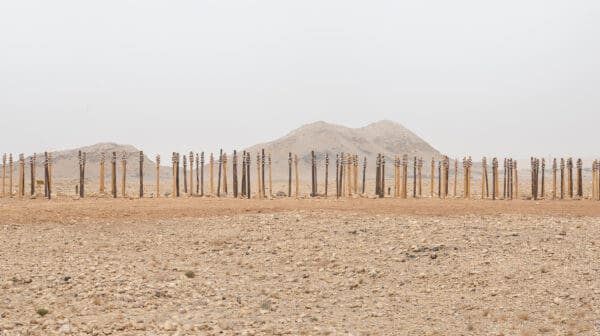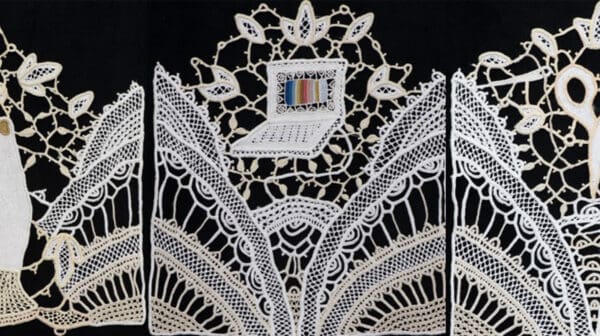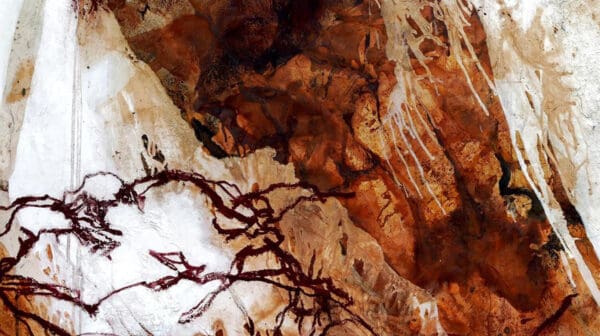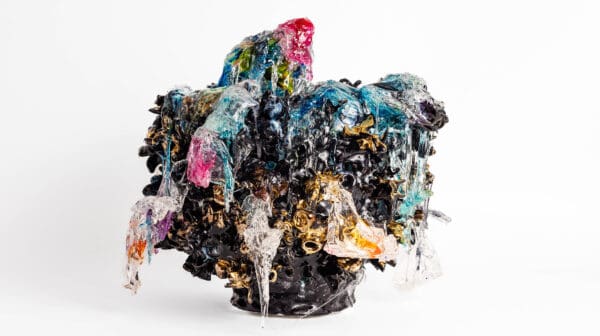The artistic directors for the 24th Biennale of Sydney are Cosmin Costinaş and Inti Guerrero—only the second time in the Biennale’s 49-year history that the event will be curated by co-artistic directors. Together and independently, Costinaș and Guerrero are both highly respected curators sharing an extensive knowledge of the creative communities in Australia and globally.
The pair have been collaborating over the past 10 years. When describing how they first began working together, Costinaș emphasises the importance of conversations. “It all started very organically because it all began from conversation . . . we began talking and spontaneously brainstorming and we ended up considering a project”. Costinaș explains that all their future collaborations developed this way: “It’s basically about having a strong reason and motivation to carry out a project together. Things that come from our conversations also involve aspects about what’s ethical and what our principles are . . . these aspects are crucial to maintaining a successful collaboration.”
When discussing their approach to the Biennale of Sydney, Guerrero highlight the collaborative processes already existing in the creation and curation of art. “I think the nature of creating has to be collaborative, especially when you are developing a large-scale exhibition like a biennial and you’re coming from a different place to where it’s being held. The conversations with the communities in this place are crucial,” explains Guerrero. “When you multiply the possibilities of bringing references together . . . you start to view the world based on the conversations you’ve shared . . . one plus one is not two—but 11.”
Costinaș and Guerrero’s most recent visit to Australia has been during the 2022 federal election announcements. Such a significant event has no doubt deepened their understandings of communities inside and outside the arts. When speaking about the election results Costinaș says: “I think it’s important for the many communities that have been severely marginalised and affected by the policies of the previous government . . . it’s also great for the rest of the world, given the dismal policies and ecological disregard the previous administration had, which is affecting the entire planet . . . I remember the disappointment [of the election] three years ago and I think that sense of possibility in the future allows for many things to actually happen.”
“The [election] results are of a spirit for the possibility of something being transformative,” asserts Guerrero. “We are looking forward to the Biennial in being, in some way or another, to be transformative . . . within the history of the exhibition, but primarily transformative in relation to its audience.”
Costinaș and Guerrero both express a necessity for international dialogue, particularly for exhibitions like biennales. However, they focus on contextualising what the notion of ‘international’ might mean. As Costinaș explains: “Many biennales are indeed grounded in the idea of connecting their institution or their audience to an international discourse and an international level. But I think it’s also important to understand what we mean by ‘international’. If ‘international’ means the ‘international market’ or what is perceived as mainstream Western references, then it’s hard to think of this with any progressive value when considering the different communities forming your locality.”
Across their collaborations Costinaș and Guerrero have explored concepts including how art can provide distinctive experiences that may be shared, social connectivity and solidarity—and such thinking continues to inform the pair. When speaking about ‘international solidarity’ it is perhaps unavoidable to consider the Covid pandemic. Costinaș says that: “There has always been many understandings of international solidarity and ways of understanding how local experiences and perspectives benefit from this solidarity . . . and this is certainly something that we are looking forward to bringing into the Biennale, together with the post-Covid desire to reconnect”.
The theme and artists for the 24th Biennale of Sydney will be announced next year. Together Costinaș and Guerrero state that: “Artists are continuously challenging the codes of representation as well as the world that is being represented . . . Our vision is thus to create a space that examines the past and present through multiple art languages, from places of struggle and resistance to collective joy, while celebrating and respecting place.”
24th Biennale of Sydney
9 March—10 June 2024


